5310003527923
Price Quote Get an up to date pricing and availability quote for this product. Order online or over the phone.
Quality Commitment
Serving our customers with quality and safety first.
- AS9120 Certified
- Audited supply chain
- ITAR Registered
- DDTC Registered
- HAZMAT Certified
- Customer service objectives
- Every product 100% inspected

5310-00-352-7923 Specification Set by the OEM (see RNCC code 3)
3b
RIGHT-Hand
0.438in.
sleeve
0.750in.
0.562in. ⁓9/16"
0.750in.
round nut
unf
20
0.500in. ⁓1/2"
steel
phosphate
Cross Reference Parts Part numbers that meet the specification outlined on this page and set by the OEM
Identification Item Identification Guide (IIG) and Item Name Code (INC)
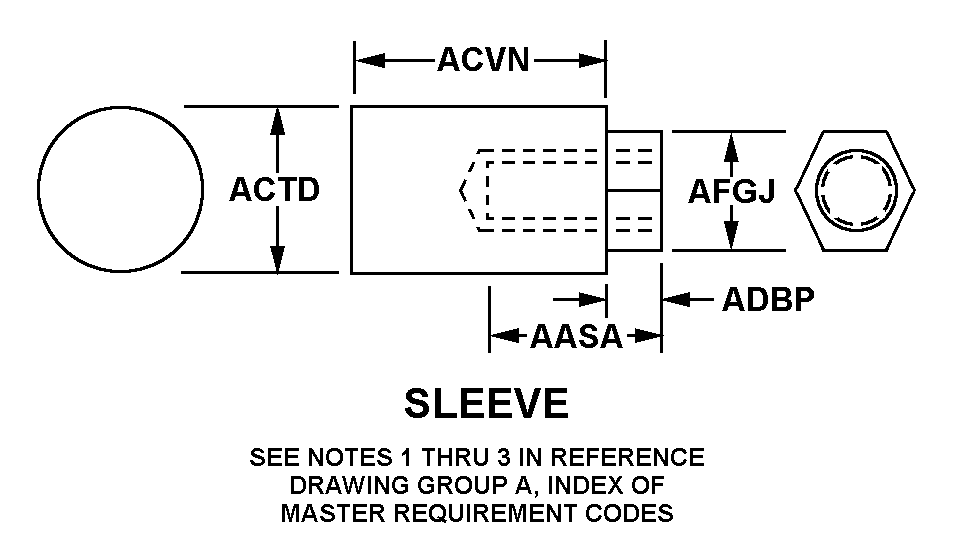
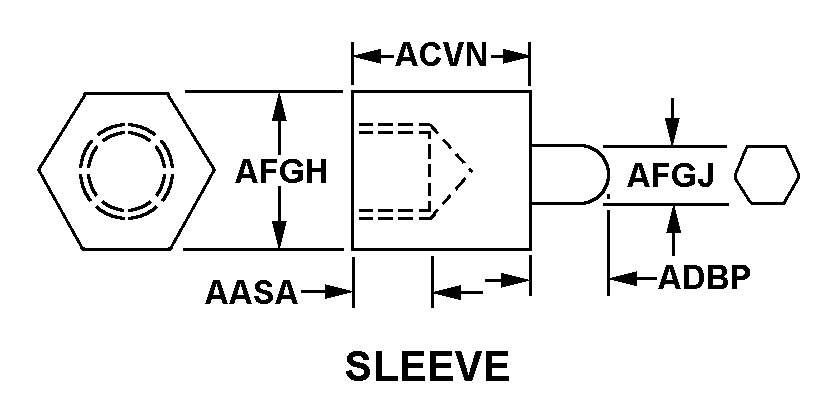
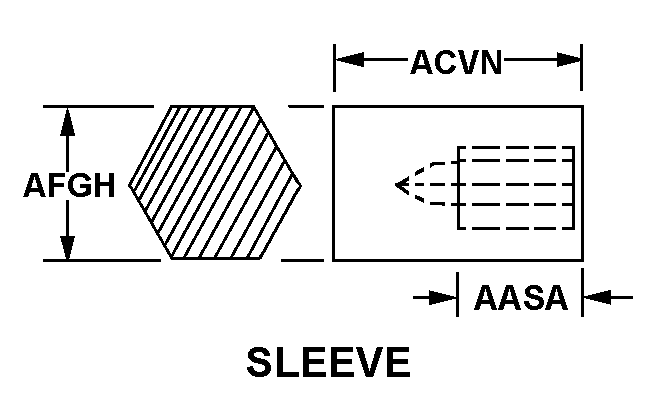
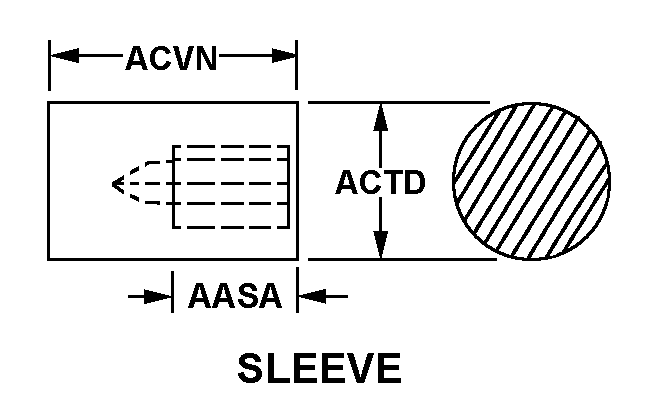
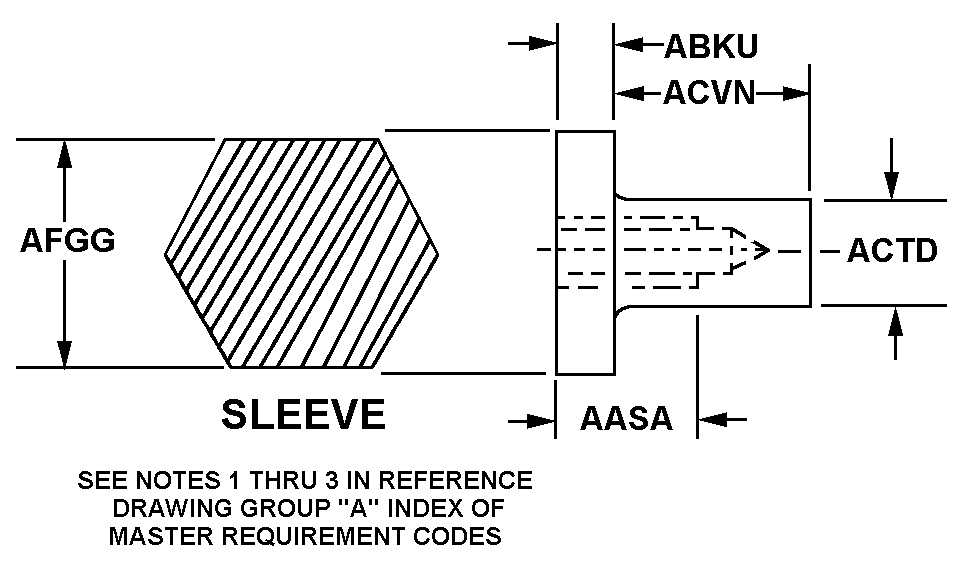
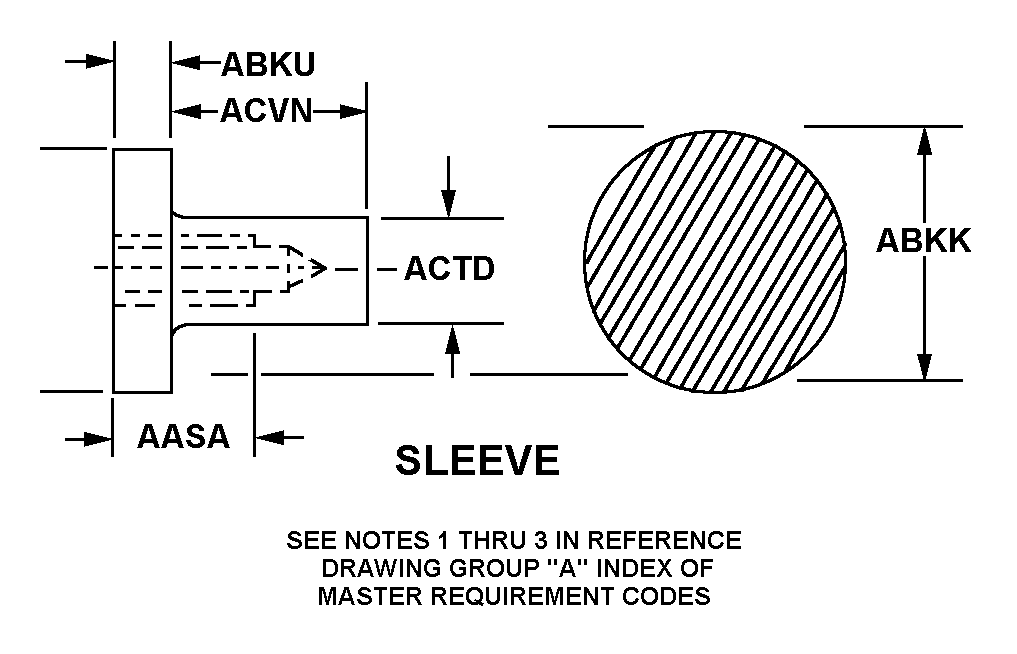
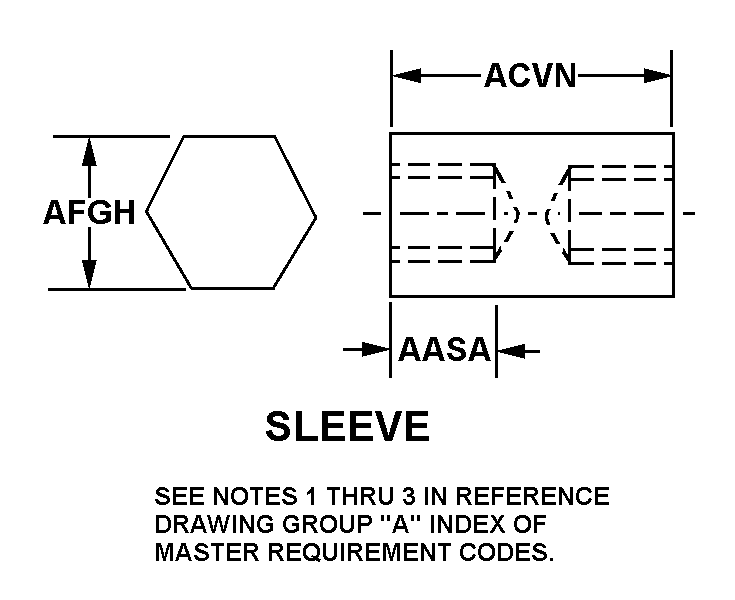
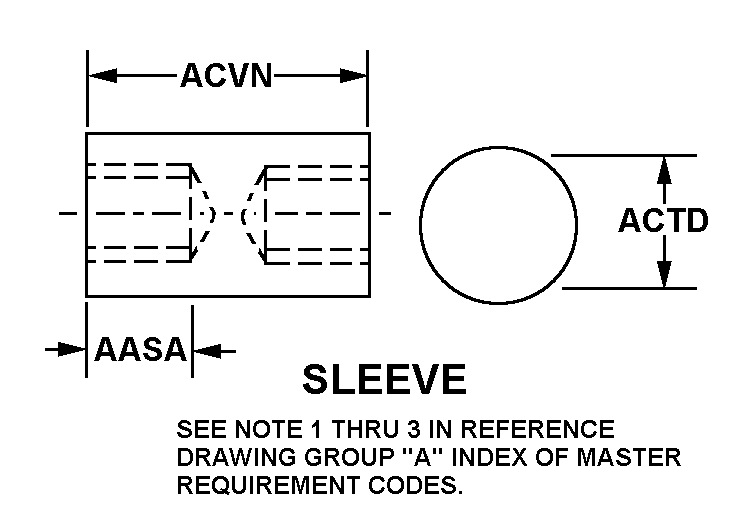

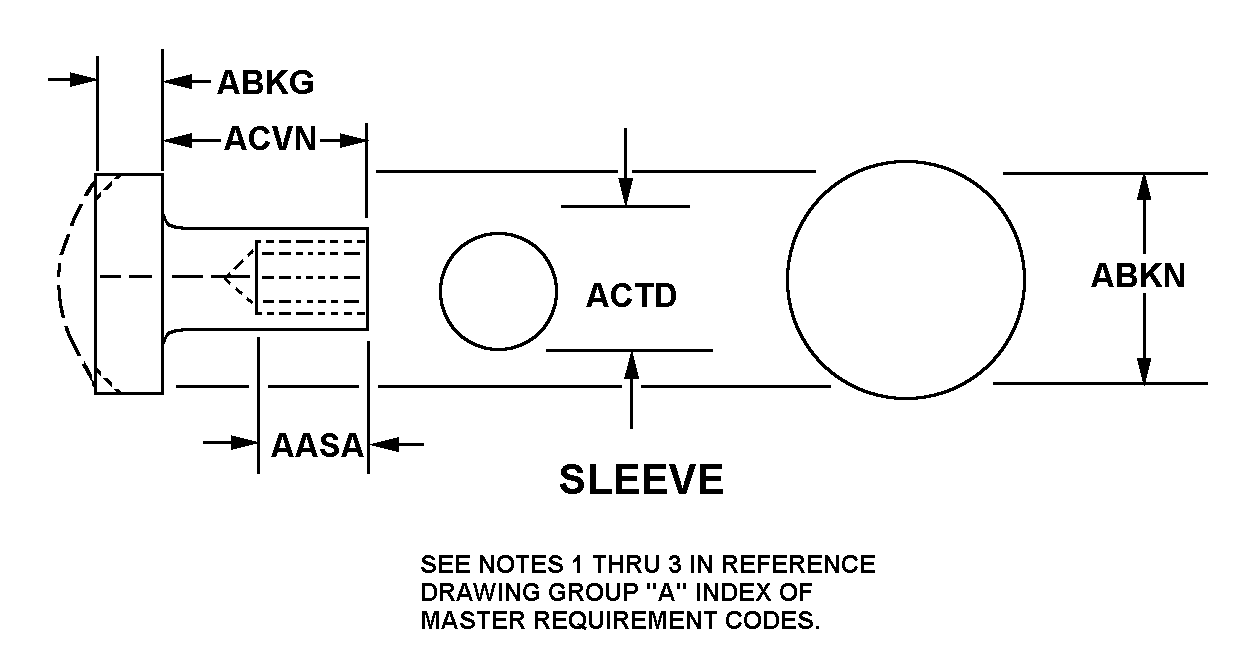
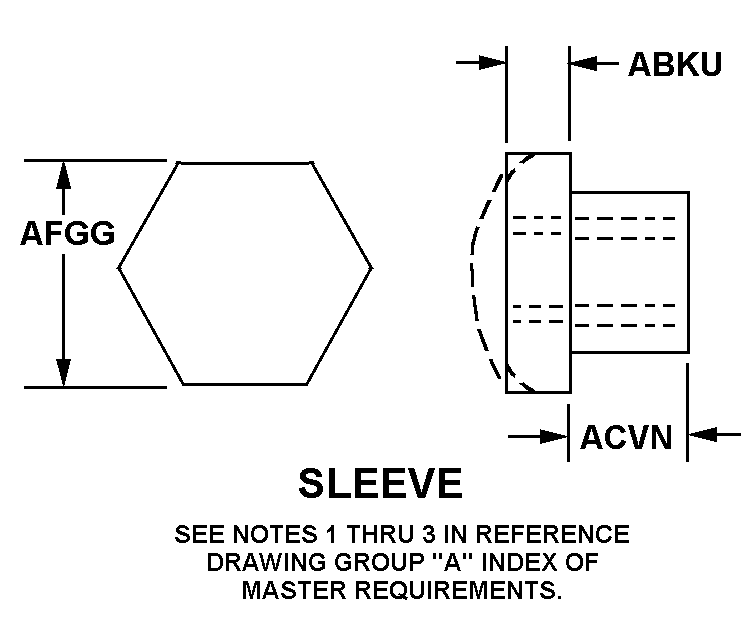
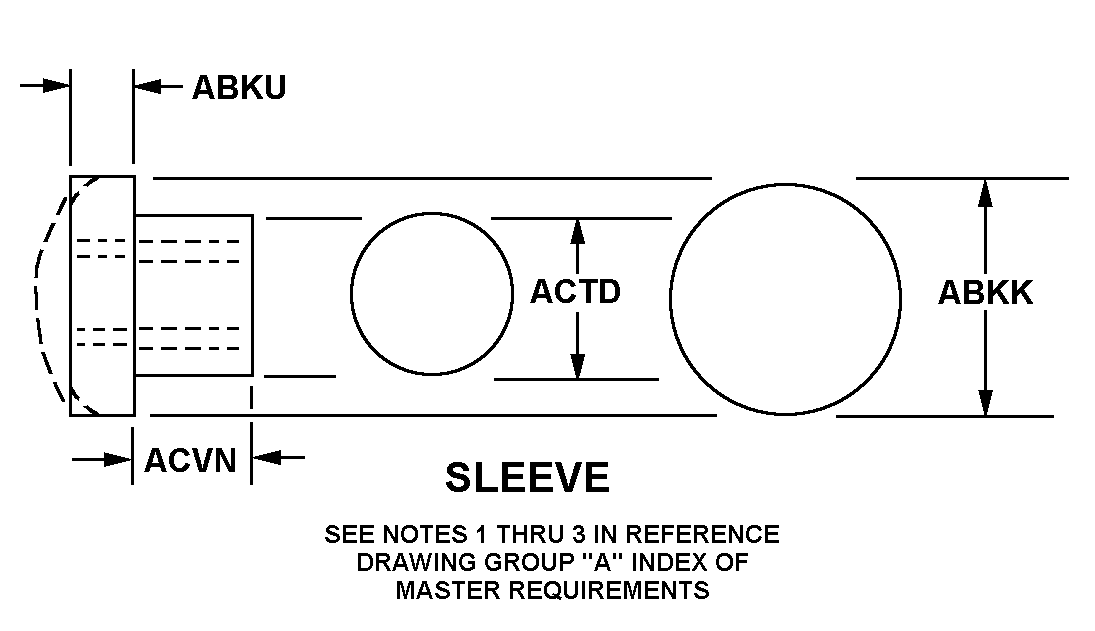

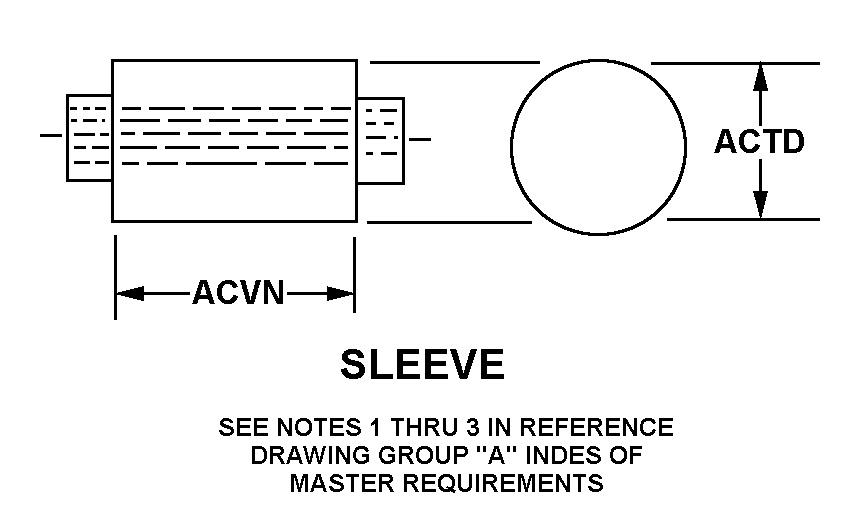
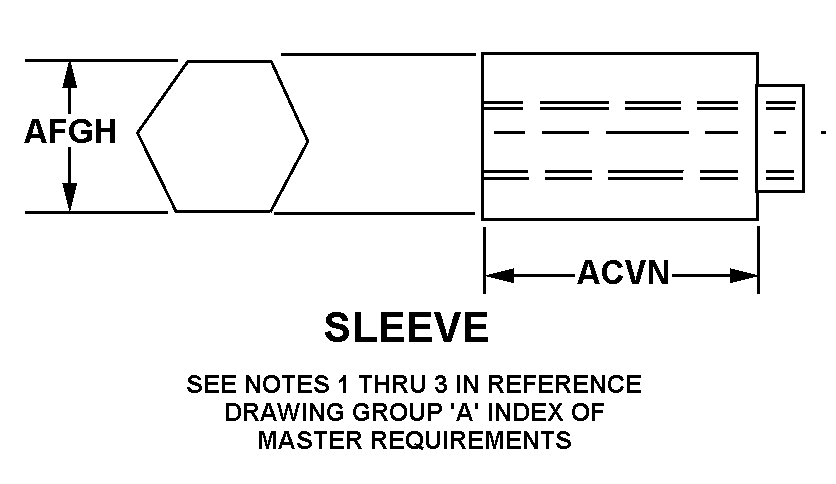

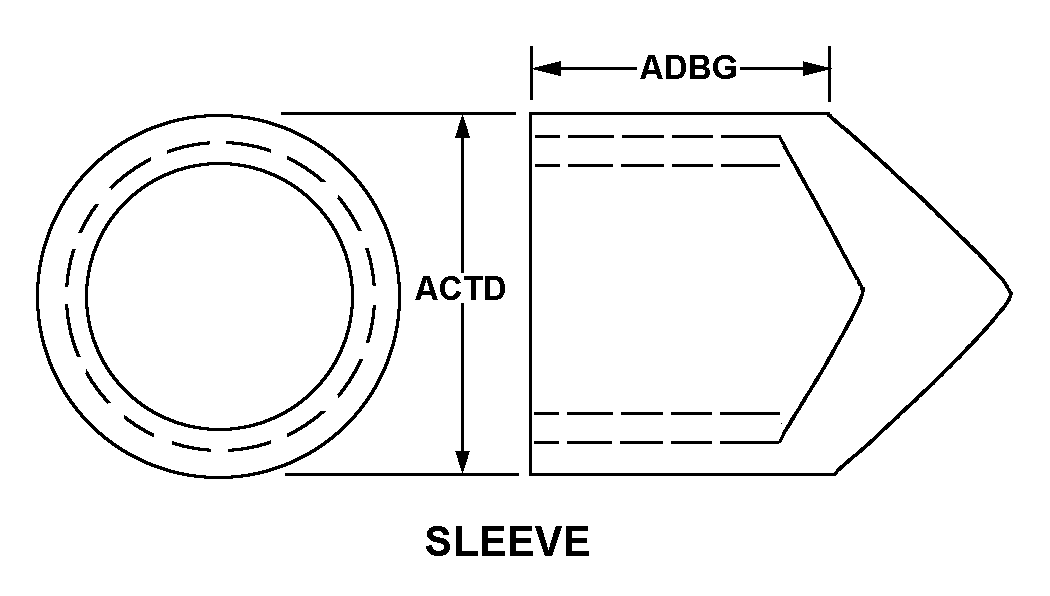
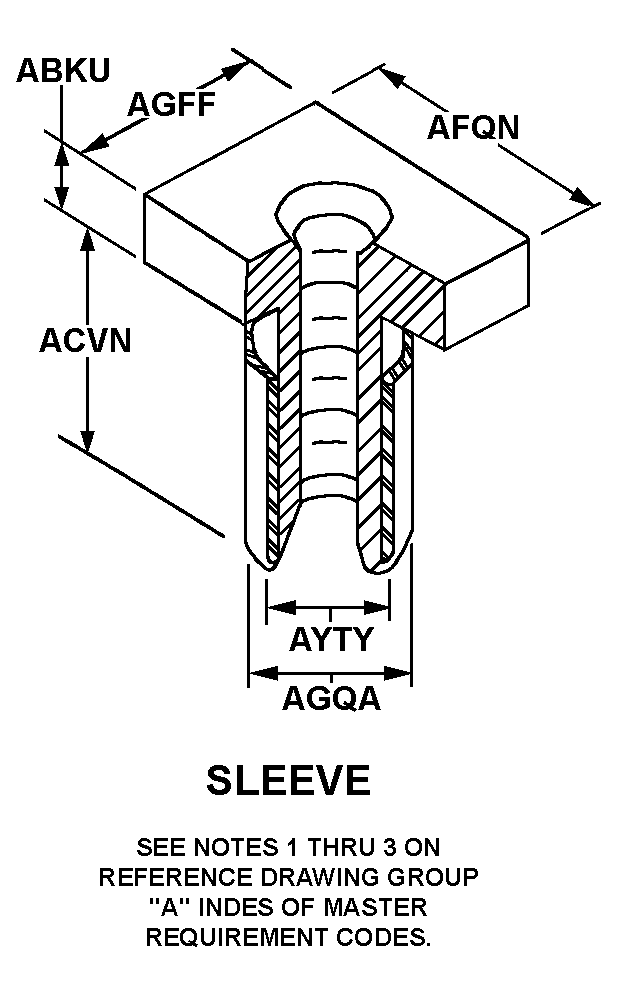
Definition Definition of approved item name (AIN): "NUT,SLEEVE"
An internally threaded item with a cylindrical and/or square, hexagonal, octagonal, or dodecagonal outer periphery (parallel to the threaded axis) a portion(s) of which may or may not be enlarged, forming a flange(s) and/or shoulder(s). Items not having an enlarged outer portion may be threaded, a part of the full length, or tapped from both ends. Items having an enlarged outer portion (flange(s) or shoulder(s)) may be threaded the full length, threaded a part of the full length, or tapped from both ends. Items tapped from both ends shall have either right-hand threads on both ends or left-hand threads on both ends. For items conforming to any of the above and having a length overall exceeding two times the largest outside diameter or width across flats, use post, electrical-mechanical equipment. For items with an outside contour that is the same the full length, having a continuous thread through its entire length, and the length does not exceed two times the diameter or width across the flats use nut (1), plain (as modified). Excludes nut (1), plain, cap. See also turnbuckle body.
5310-00-352-7923 Material Hazmat, Precious Metals, Criticality, Enviroment, and ESD
Indicates there is no data in the hmirs and the nsn is in a fsc not generally suspected of containing hazardous materials.
Precious metal content is unknown
The item does not have a nuclear hardened feature or any other critical feature such as tolerance, fit restriction or application.
Identification Codes
HMIC: Hazardous Material Indicator Code. A one position code that identifies a hazardous item.
PMIC: Precious Metal Indicator Code. A one position code which identifies items that have precious metals as part of their content. precious metals are those metals generally considered to be uncommon, highly valuable, and relatively superior in certain properties such as resistance to corrosion and electrical conductivity.
ESD: Electrostatic Discharge. Indicates if an item is susceptible to electrostatic discharge or electromagnetic interference damage. electrostatic discharge damage occurs when an accumulation of static electricity generated by the relative motion or separation of materials is released to another item by direct contact. electromagnetic interference damage occurs when an item comes into proximity with an electrostatic or magnetic field.
ENAC: Enviromental Attribute Code. Identifies items with environmentally preferred characteristics.
CRITL: Criticality Indicator Code. Indicates an item is technically critical by tolerance, fit, application, nuclear hardness properties, or other characteristics.






